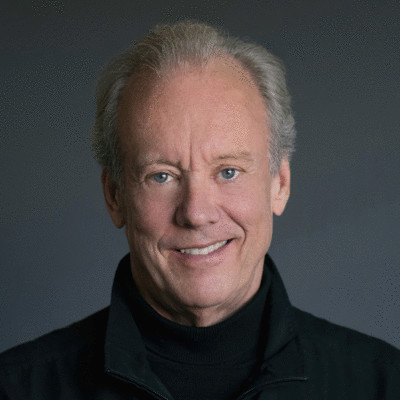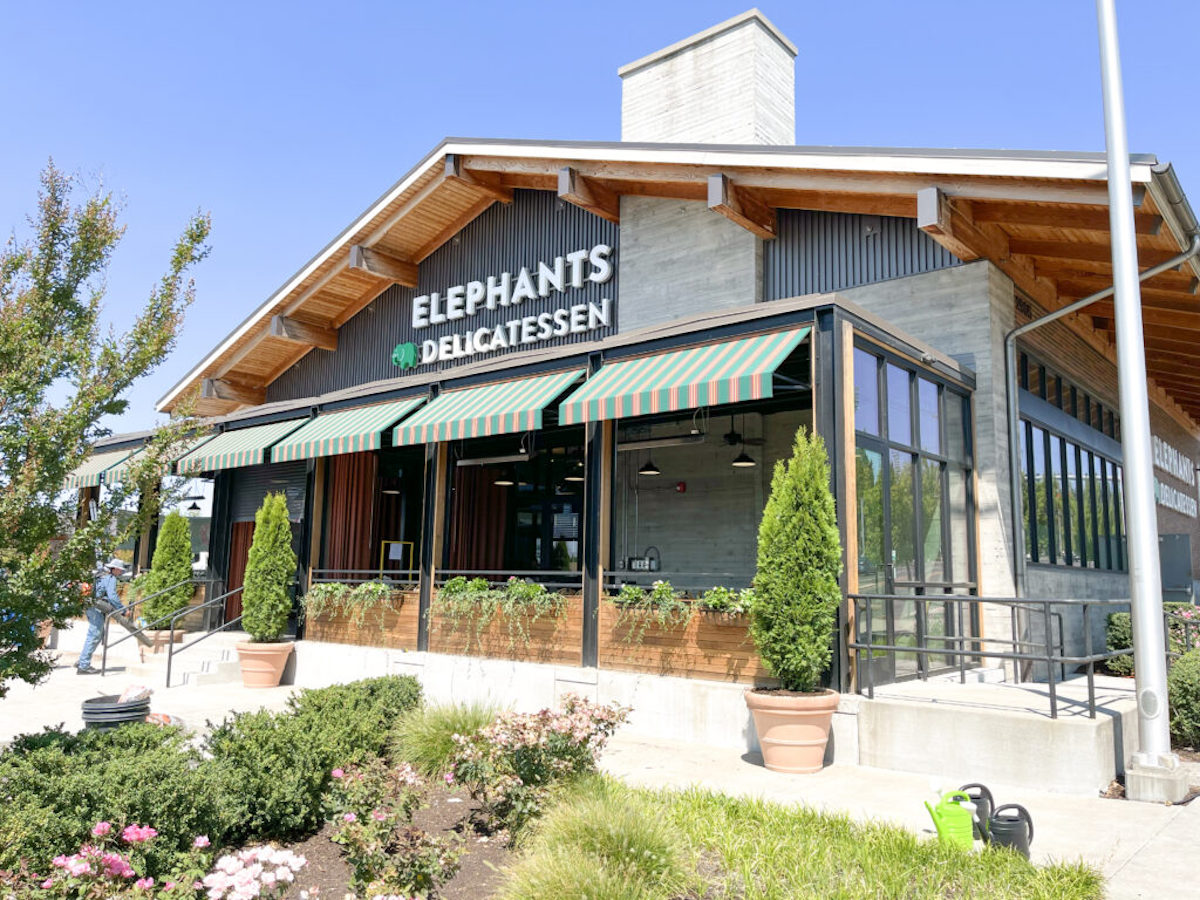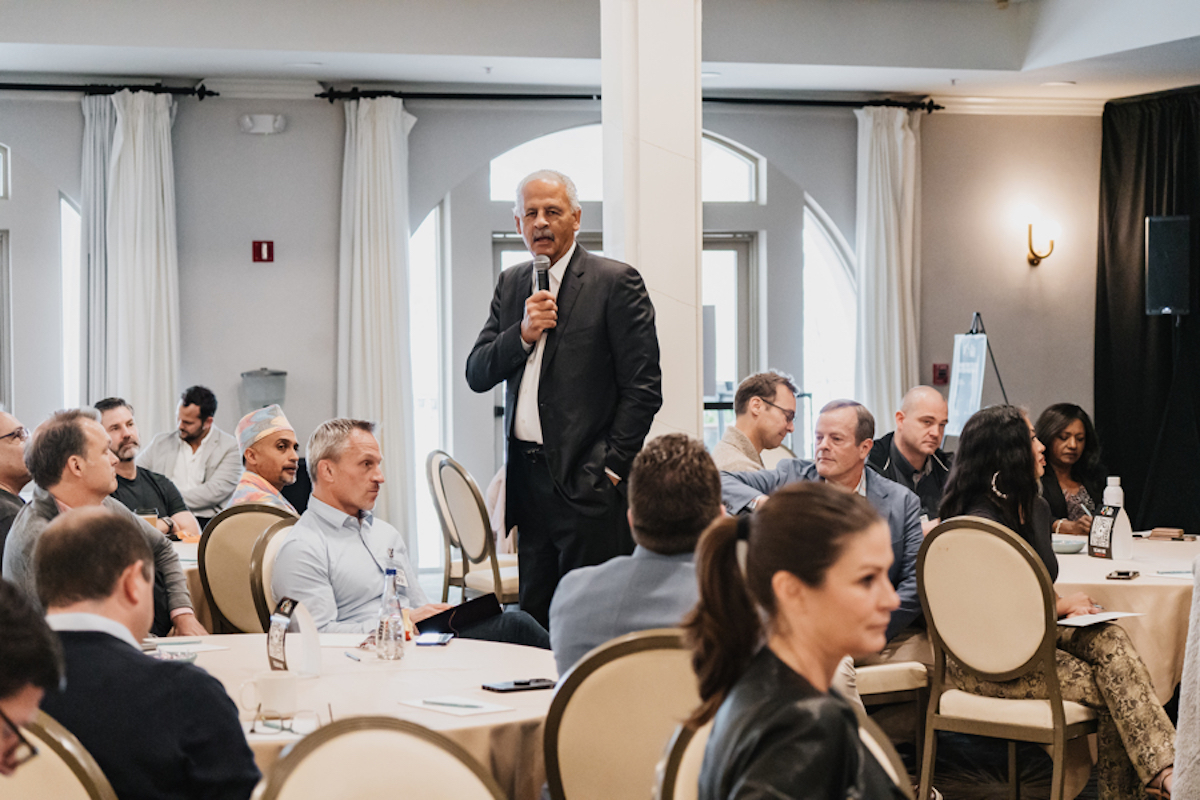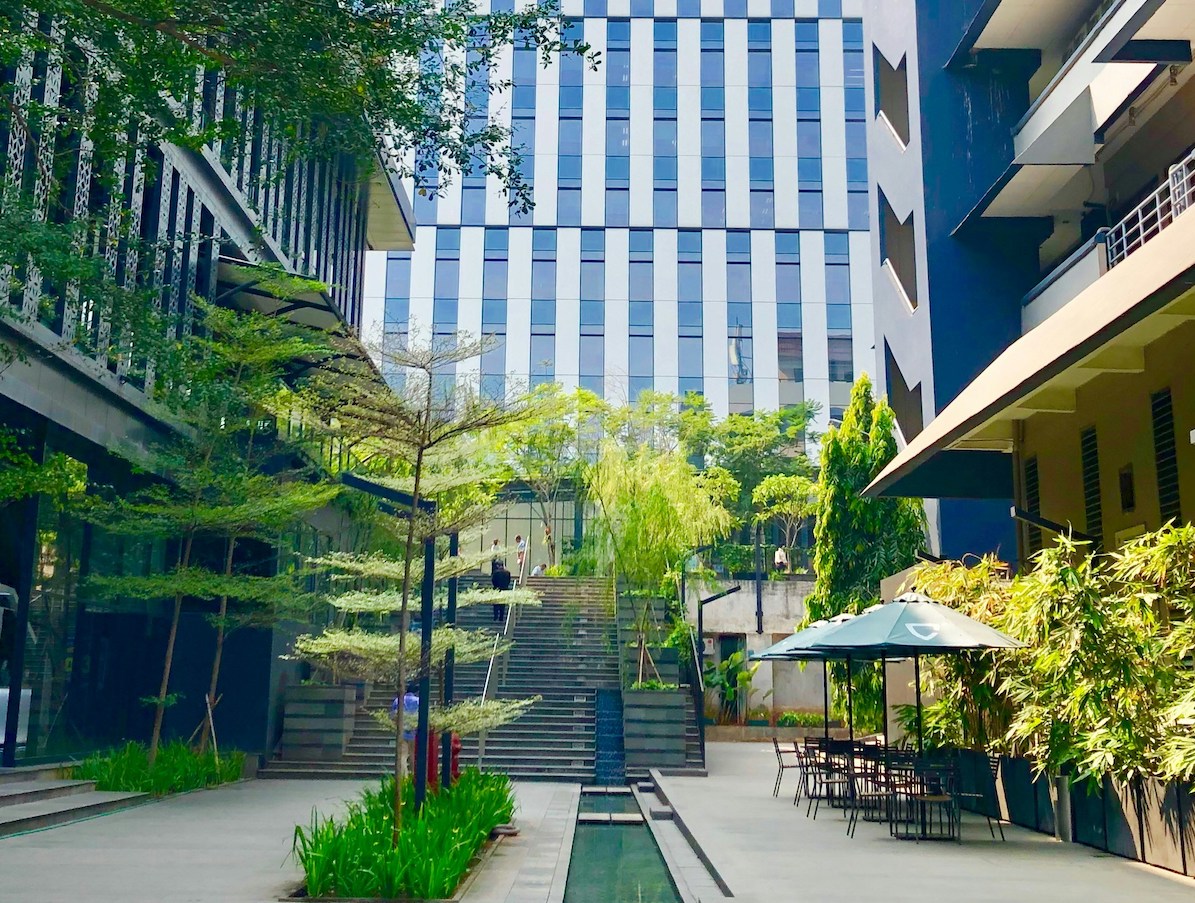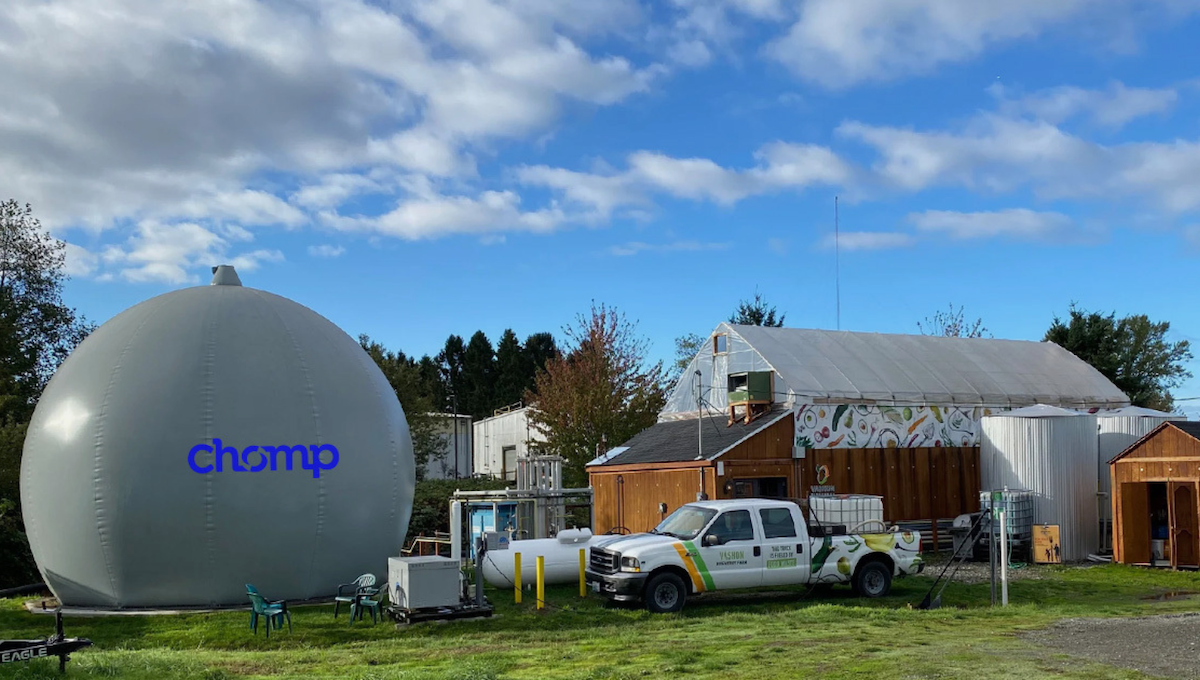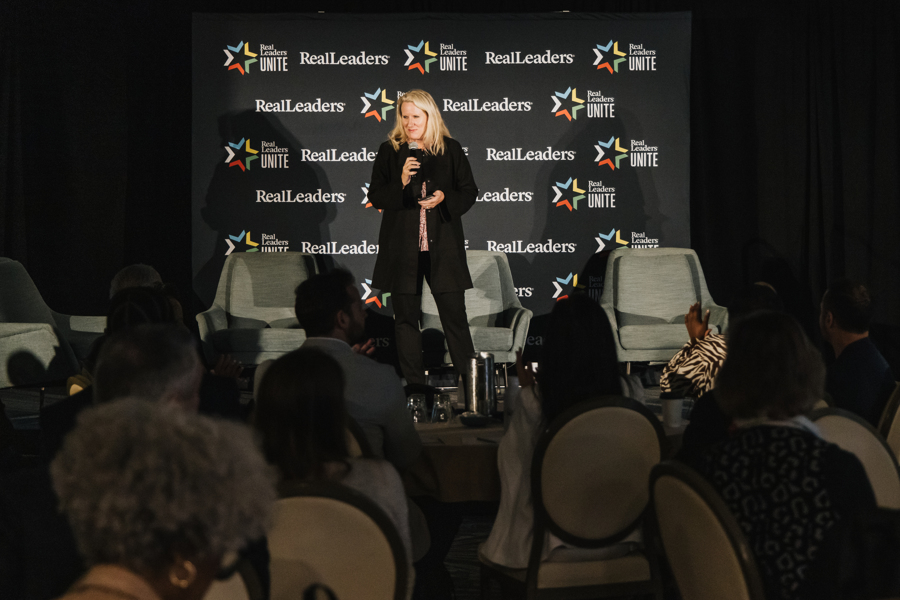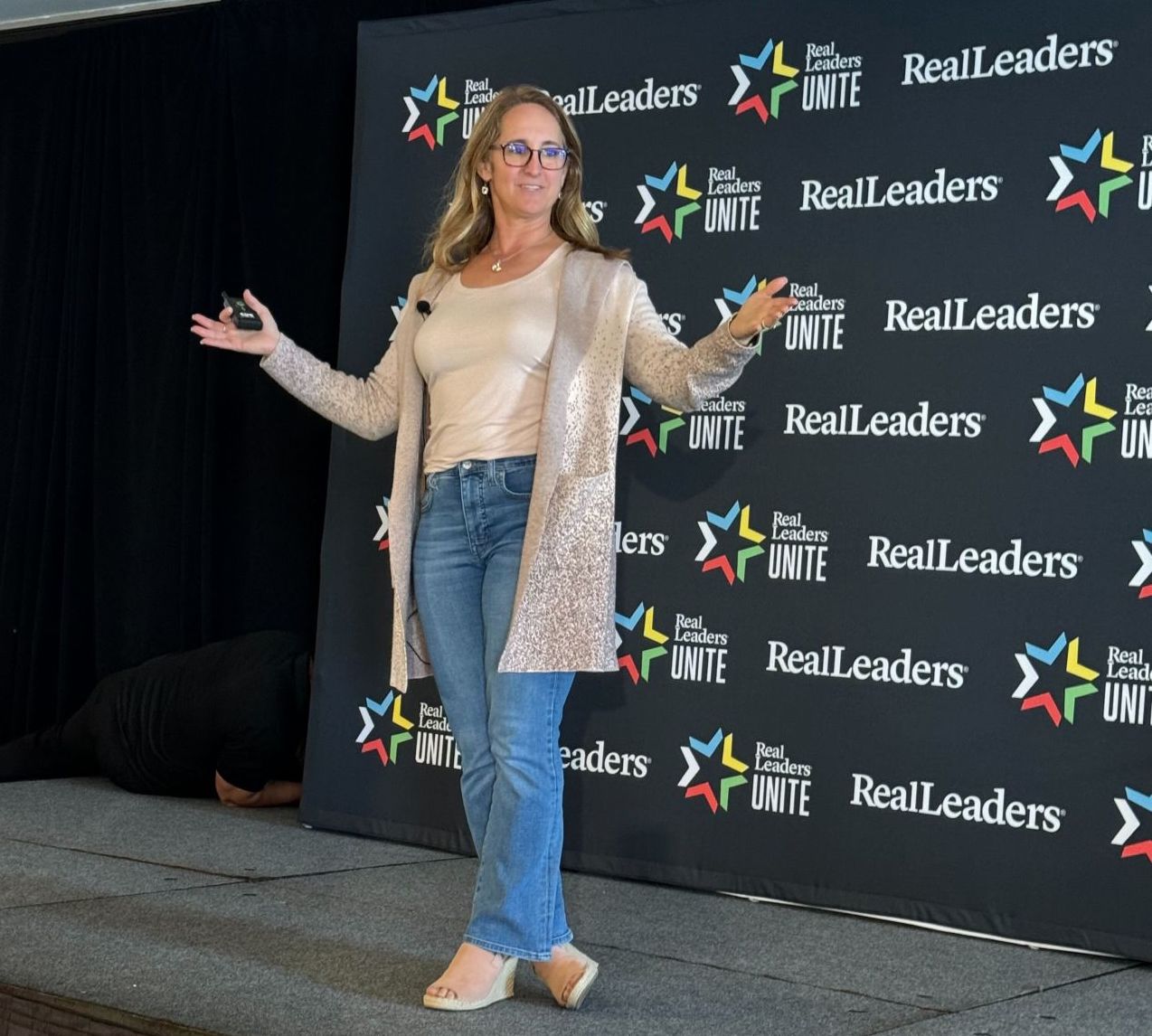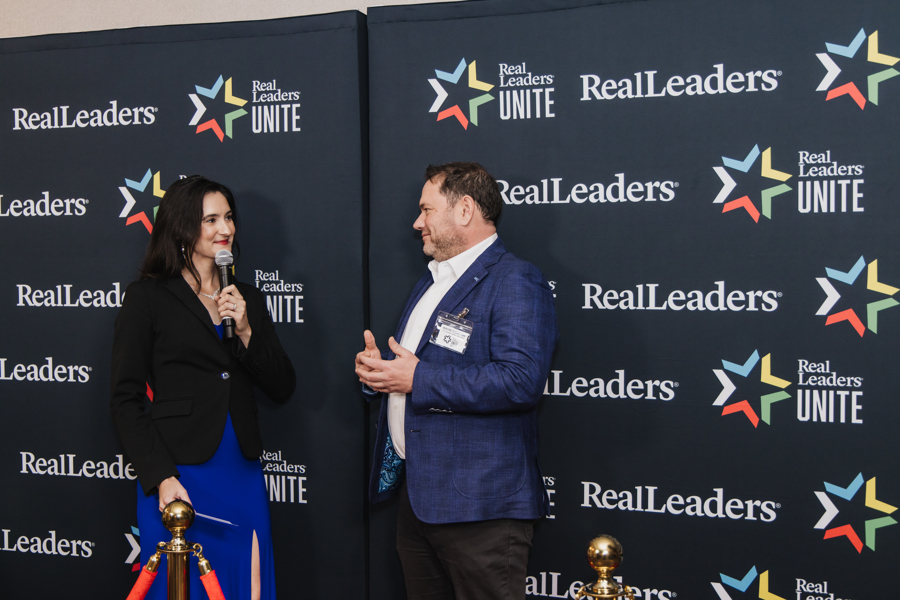Here are some valuable lessons from one founder’s 35 years of trailblazing a path to greener real estate.
By Jonathan Rose
The real estate industry has always faced many complex challenges.
Today, these include rising climate change risks, insurance risks, regulatory risks, uncertain interest rates, and shifts in resident behaviors and expectations.
When I founded Jonathan Rose Companies in 1989 with a mission to bring green, mixed-income, mixed-use urban regeneration to cities, the key challenges were the capital shortage caused by the recession and the pervasive disinvestment in cities. Holding to our mission and executing with excellence helped us grow capital access and build the organizational resilience to face these and other emerging challenges.
In 1989, the real estate industry was aggressively anti-urban, emphatically focused on the rapid growth of sprawling suburbs.
Our area of focus — to revitalize the walkable and transit-accessible areas of cities with green mixed-income communities — lay way outside of the mainstream investment and development trends of the time. In addition to a disinterest in cities, the real estate industry viewed the added cost and effort to make buildings greener as unnecessary. Affordable housing was considered something for the public sector to build. Why would a for-profit company want to work in a highly regulated environment? And yet, we could clearly see that cities were going to come back, that firms with urban regeneration capacities would be needed, and that affordable housing would be essential to a future thriving economy.
The United States was in the depths of a recession in the 1990s.
Funding was scarce. But there were tax credit equity and Community Reinvestment Act debt for the development of new affordable housing and private equity for acquisitions if we could deliver a 10% cash-on- cash return. And so, we learned early to focus on net cash flow for our private equity investors and on delivering transformative projects for our public partners. And working with the same budgets as our competitors, we figured out how to make our projects as green as possible. Our mission provided all this work coherence.
As a small company, we generated a larger reputation by creating highly visible, award- winning projects that were transformational and financially feasible. Because we had little competition for the kinds of projects that we were doing, we developed many firsts, such as the first green, mixed-use, mixed-income, transit- oriented historic preservation project — The Denver Dry Goods Building (pictured); the first green office retrofit — The Vance Building; the first LEED Gold Shopping center at Highlands Garden Village; the first real estate impact investing fund — The Rose Smart Growth Fund; and others. These won awards, attracted press, pleased lenders and city agencies, and gave the firm visibility.
Lessons from those early years included learning to select projects with care to fully express our mission, deliver on-time/on-budget completions, provide positive cash flow to our investors, demonstrate innovative solutions to our public sector partners, and work with industry organizations such as the Urban Land Institute to scale the solutions. For the company’s first 11 years, we were project- centered, focusing on building a body of financially successful work that reflected the company’s mission. In the following decades, we shifted our attention to be company-centered, building an organization that can carry out our mission.
To do this, we had to expand our sources of financing.
We had financed all our acquisitions by raising funds on a project-by-project basis from families and friends. We decided to create an investment fund management business. Our first fund, The Rose Smart Growth Fund, was launched in 2005 when most real estate investment funds were still suburban-focused. Our premise was that buying properties within walking distance of mass transit and renovating them to be greener would not only reduce their environmental impact but also generate higher occupancy rates, making them more economically resilient in times of stress. When the global financial crisis hit, this proved to be correct, and although our rents dropped a bit, our occupancies remained full, outperforming our competitors.
At the same time, we understood that there would likely not be enough public funding to develop all the affordable housing that was needed. In addition, the existing supply of affordable housing was declining due to owners opting out of affordable housing programs in gentrifying neighborhoods. In response, we developed a series of affordable housing preservation funds, raising private equity to match with debt from Fannie Mae, Freddie Mac, and the Federal Housing Administration.
We have used these funds to buy existing affordable and mixed-income housing, make it green, and bring social, health, and educational programs to residents. Although a goal from the early days of the company, the emphasis placed on social impact grew at this point and became an explicit part of our mission and vision. Safe, green, healthy housing became the platform for resident opportunity. Rich social programming, co-produced with residents, helps to ensure the stability of communities and plays a vital role in enabling residents to access health care, food, education, job training, and other economic opportunities. The delivery of resident services helps to drive social change, advancing equity and social and racial justice.
And as the organization grew, we grew our staff.
Having a clear mission and sharing our profits with all employees attracted and retained the best and brightest. The leaders of our development, investment, and acquisition-rehab business lines started with us as interns.
We were early participants in the exciting field of impact investment. As the field grew, investors sought proven investment models with authentic motivation, excellent execution, and reporting of impact. And so, the depth of our commitment to our mission was not only the right thing to do but has also been attractive to impact investors.
There will be many economic and political cycles to come. Having a clear mission as our center of gravity will be the foundation of our current and future leaders’ success.


















